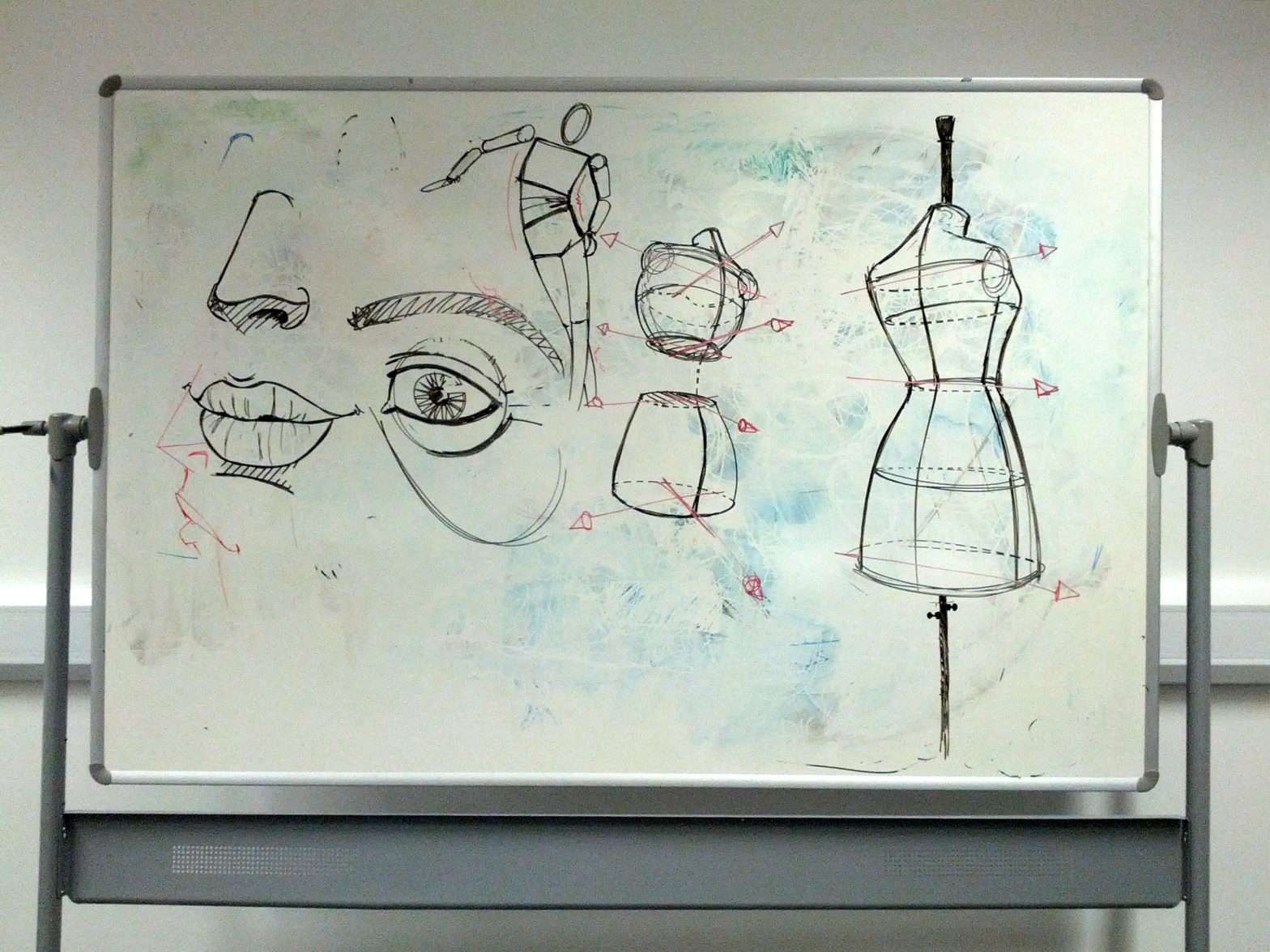Category: Teams
-

Plan
Original Post from 2011 When working with new teams it should be assumed that participants have little or no experience with project management and task delegation within a team environment. A brief introduction to agile and scrum systems is beneficial. Each of the new teams takes time to familiarise themselves with their final concept and the…
-
No More Managers. Everyone Leads
An engineering researcher was clairvoyant when he said in 1994 that subordinates often make the best leaders: Often with small groups, it is not the manager who emerges as the leader. In many cases it is a subordinate member with specific talents who leads the group in a certain direction. Leaders must let vision, strategies,…
-
Teamwork Ground Rules
Good advice from Kristof Kovacs There’s only three things: ASK: If a task is not clear, or more information is needed, please ask as soon as possible. Asking is always ok. Doing the wrong thing (or doing nothing) because you didn’t ask is not ok. DEBRIEF: It’s not done until you reported it done. This is…
-
Conceptualize
Explode—Divergent thinking Take risks, be persistent, be curious. Fail early and fail often. Using the inspirations that were collected in phase one, the team offer up ideas that address the needs of the brief. Team members can offer up fresh concepts or build on the work of others. Go for quantity, explore each idea entirely. Be…
-
Inspire
The input phase of the process where the team learns to eat sleep and breathe the subject of the brief. In order for this to work effectively it is important that we learn to come to terms with our filters. Throughout our lives we have been developing filters through which we see the world. These…
-
Team dynamics: Swapping individuals
Throughout the process learning facilitators should be trying to create even teams. By even we mean functionally rather than structurally, acknowledging that individuals perform differently in different combinations. Good combinations are vibrant and productive. Spotting poor combinations is relatively easy, as the productivity of the team will be greatly reduced. Participants should be moved, as…
-
Team rotation methods
Letters are people in teams, #numbers are projects and circles are tables/work areas Three Stage Q&A Rotation In this model teams rotate around projects in a two-step process illustrated in the diagram above. As the teams come to a natural ebb and the facilitators feel it is time to reenergize the group, each team (fig.…
-
Team rotation across projects
A key component of facilitating team based creative thinking processes, is the requirement that teams repeatedly move around projects. There are a number of important reasons for this dynamic: Ideation—Going for Volume More people, means more ideas. Mastering a process requires repetition; by moving the teams to a new project while still in the same…
